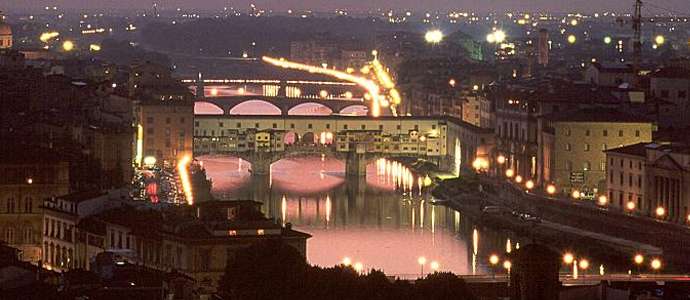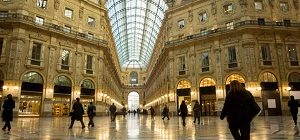Are you going on holiday to Florence in Italy? Would you like to know a little about the historical background of Florence before you go? Our guide to the history of Florence gives you the facts & information you’ll want to know.
Florence is a small town with a very rich history located in the north of Italy. The town of Florence lies just off the banks of the River Arno which runs through the north of Italy. Although the current population of Florence numbers less than 400,000, it was nevertheless the cradle of the renaissance and as such, the town is simply bursting with wonderful historical sightseeing opportunities.
Early history of Florence in Italy
It is generally believed that Florence first became a permanently established human settlement around 2,200 years ago. The first settlers of Florence were probably from the Etruscan civilisation which later went on to found Rome. At some time around 50BC Julius Caesar established Florence as a military garrison of strategic importance because it lied on the route to northern Europe into which the Romans were expanding at the time.
Medieval history of Florence in Italy
The medieval history of Italy is one of entirely independent and autonomous city states often as war with each other. Florence first became a city state during the 12th century when for the first time a town council was established. At around the same time, Florence was increasing in wealth and importance as a maritime and trading power. It was from among the merchant middle class that members of the newly established Florentine town council were selected. Florence suffered from internal divisions and strife during the 13th century when two rival factions emerged; one supporting the Pope and the other supporting imperial forces.
Renaissance history of Florence in Italy
Florence is regarded to be the birthplace of the renaissance from which so many of the famous renaissance artists and architects plied their trade. The reason for Florence being the home of the renaissance is largely due to the noble De Medici family which ruled Florence at the time and patronised renaissance art. The peak of renaissance Florence occurred under the rule of Lorenzo the Magnificent of the Medici family.
18th Century history of Florence in Italy
Florence came under French control for a significant part of the 18th century. Firstly, the noble French family of Lorraine took advantage of waning Medici power to claim Florence until Napoleon briefly took control of Florence towards the end of the century. Florence became a part of the unified state if Italy in 1860 and was briefly designated as the capital of the new country until it was transferred to Rome.





